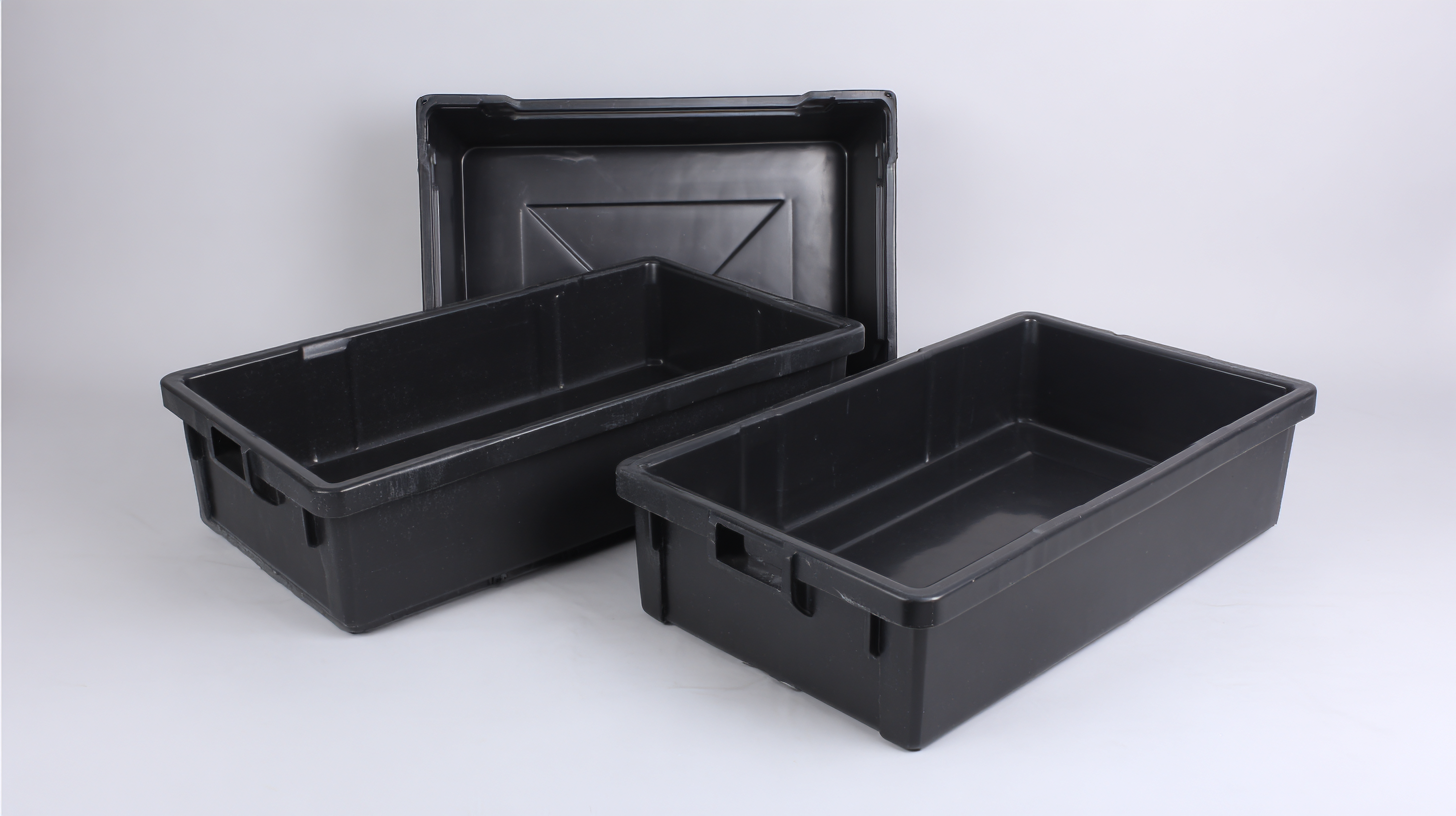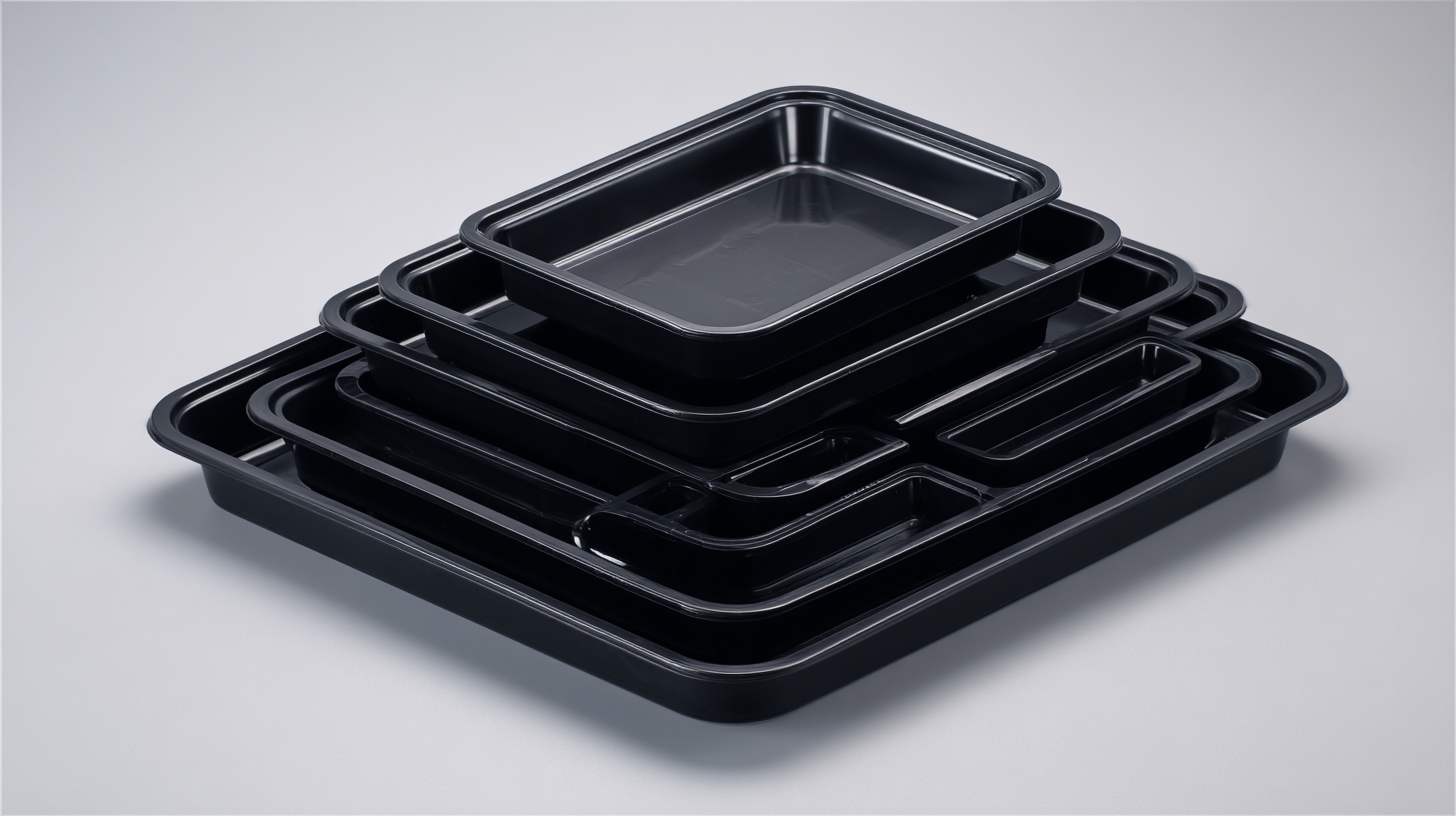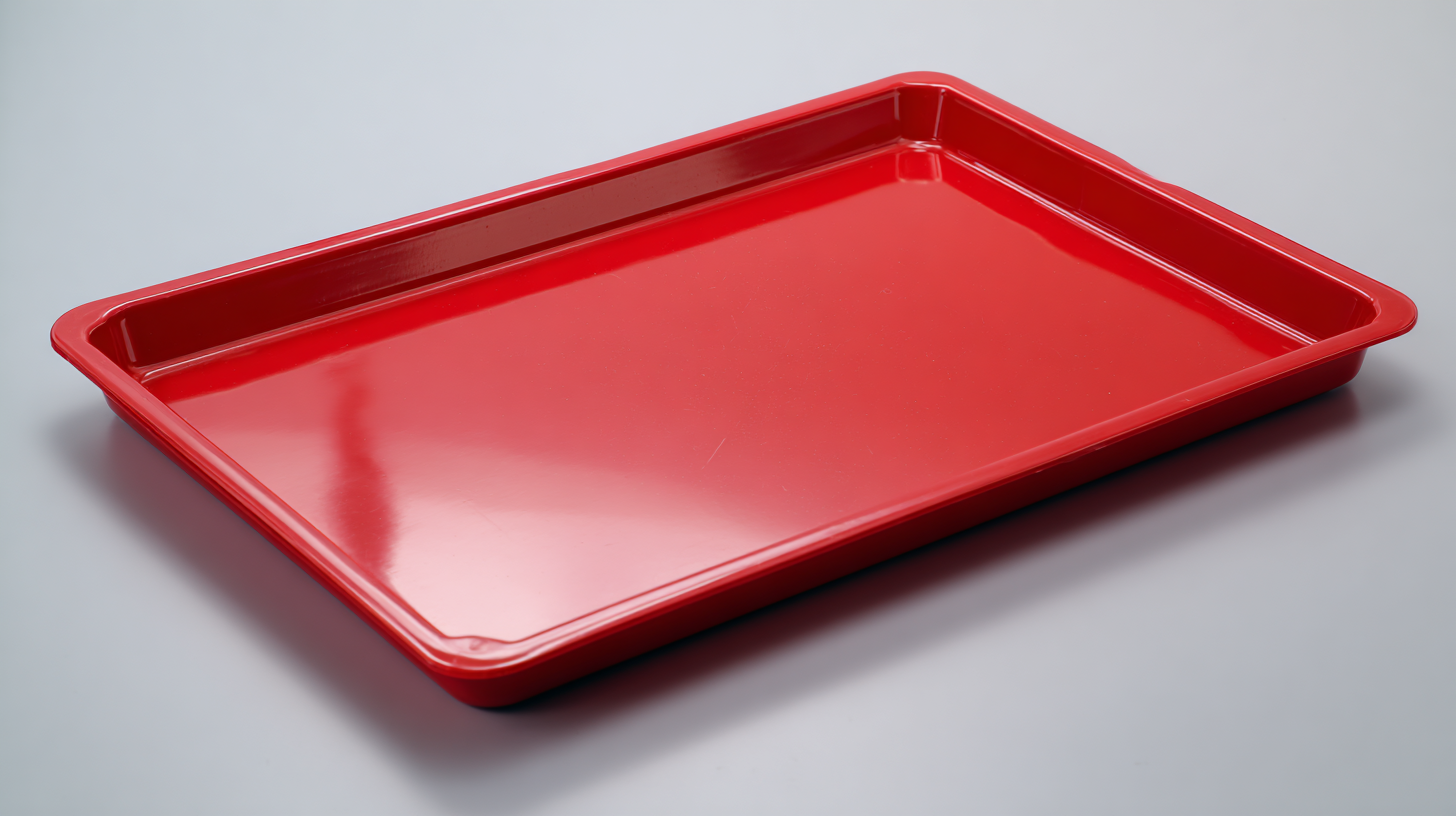Unmatched Quality in Plastic Spill Trays from China Leading the Global Market
In recent years, the global demand for reliable and efficient containment solutions has surged, highlighting the essential role of plastic spill trays in various industries. According to a report by MarketsandMarkets, the containment market is projected to reach $10.57 billion by 2025, driven by stringent regulations regarding environmental safety and waste management. As industries strive for enhanced safety and compliance, plastic spill trays have emerged as critical components in minimizing hazardous material spills and improving overall operational efficiency. Notably, China has established itself as a leading manufacturer, producing high-quality plastic spill trays that meet international standards. This blog delves into the unmatched quality of these products from China and explores their impact on the global market, illustrating how innovative manufacturing techniques and stringent quality controls are setting new benchmarks in the industry.

Understanding the Role of Plastic Spill Trays in Hazardous Material Management
In recent years, the significance of plastic spill trays in hazardous material management has garnered substantial attention. According to a report by the Environmental Protection Agency (EPA), improper handling of hazardous materials can result in significant environmental damage, highlighting the vital role that containment solutions like spill trays play. The global market for spill containment products, including plastic trays, is projected to grow at a CAGR of 6.2% from 2021 to 2026, driven by increasing regulatory obligations and the need for safer workplace practices.
Plastic spill trays serve as a critical line of defense against leaks and spills, particularly in industrial settings where hazardous substances are handled. As per the National Institute for Occupational Safety and Health (NIOSH), effective spill management not only minimizes environmental risks but also enhances workplace safety. Utilizing high-quality plastic trays, made to withstand chemical exposure, ensures compliance with stringent regulations, such as those mandated by OSHA, and significantly reduces the likelihood of costly fines and remediation efforts. The growing adoption of such products underscores the importance of quality and reliability in hazardous material management solutions.
Key Features to Consider When Choosing High-Quality Plastic Spill Trays
When selecting high-quality plastic spill trays, several key features are essential to ensure optimal performance and safety. Firstly, the material’s chemical resistance is crucial. According to a recent industry report by IBISWorld, the demand for chemical-resistant spill containment products has surged, especially in sectors such as manufacturing and healthcare, driving manufacturers to innovate with robust materials that can withstand a variety of substances. For example, polyethylene and polypropylene are commonly favored for their durability and resistance to corrosive agents, making them ideal for spill trays.
Another important consideration is the tray’s capacity and design. The Global Spill Control report estimates that proper spill management solutions can reduce cleanup time by up to 70%. Therefore, selecting trays with adequate volume and smart designs that facilitate ease of pouring can significantly enhance efficiency. Additionally, features like raised edges and built-in handles can further improve usability and prevent accidental spills during handling. With the global market for spill containment products projected to reach $3 billion by 2025, investing in high-quality plastic spill trays is imperative for industries looking to maintain compliance and promote workplace safety.
Unmatched Quality in Plastic Spill Trays from China Leading the Global Market - Key Features to Consider When Choosing High-Quality Plastic Spill Trays
| Feature | Description | Material | Size Options | Weight Capacity |
|---|---|---|---|---|
| Chemical Resistance | Withstands a variety of chemicals and solvents. | Polyethylene | Small (24"x24"), Medium (36"x36"), Large (48"x48") | Up to 300 lbs |
| Durability | Highly durable, resistant to cracking and fading. | High-Density Polyethylene | Standard (36"x36"), Extra Large (60"x60") | Up to 500 lbs |
| Easy to Clean | Smooth surfaces allow for easy cleaning of spills. | Polypropylene | Compact (24"x36"), Jumbo (48"x72") | Up to 400 lbs |
| Anti-Slip Design | Features textured surface to prevent slipping. | Recycled Plastic | Regular (30"x30"), Wide (60"x40") | Up to 600 lbs |
Industry Standards and Certifications for Spill Trays: What You Need to Know
 When selecting plastic spill trays, understanding industry standards and certifications is crucial for ensuring quality and safety. According to a report by Market Research Future, the global spill containment products market size is expected to reach USD 10.5 billion by 2025, showcasing the increasing importance of compliance with regulations. One of the primary standards that manufacturers must adhere to is the US Environmental Protection Agency (EPA) regulations, which mandates that spill trays must be capable of containing spills and leaks from hazardous materials, preventing environmental contamination.
When selecting plastic spill trays, understanding industry standards and certifications is crucial for ensuring quality and safety. According to a report by Market Research Future, the global spill containment products market size is expected to reach USD 10.5 billion by 2025, showcasing the increasing importance of compliance with regulations. One of the primary standards that manufacturers must adhere to is the US Environmental Protection Agency (EPA) regulations, which mandates that spill trays must be capable of containing spills and leaks from hazardous materials, preventing environmental contamination.
In addition to local regulations, certifications such as the ISO 14001 for environmental management systems are pivotal in the production of spill trays. These certifications indicate that the manufacturer has effective processes in place to minimize environmental impact. A study by Allied Market Research highlights that products with recognized certifications tend to gain a competitive edge, as consumers are more likely to trust and purchase products that meet or exceed industry standards. This growing emphasis on quality and safety is positioning Chinese manufacturers as leaders in the global spill tray market, with their products increasingly compliant with international requirements.
Comparative Analysis: China vs. Global Manufacturers of Plastic Spill Trays
When it comes to plastic spill trays, a comparative analysis between Chinese manufacturers and their global counterparts reveals significant advantages that China holds in the market. Chinese manufacturers have embraced advanced production techniques and stringent quality control measures, resulting in spill trays that not only meet but often exceed international standards.
The integration of innovative materials has enhanced durability and chemical resistance, making these products a reliable choice for various industrial applications.
In contrast, while global manufacturers also offer quality products, they often face challenges such as higher production costs and longer lead times. This can hinder their ability to compete effectively with Chinese companies that provide similar or superior products at a fraction of the cost. Moreover, the adaptability of Chinese manufacturers allows them to respond swiftly to market demands, offering customizable solutions that cater to diverse client needs.
As a result, China is not just a player but a leader in the global plastic spill tray market, providing unmatched quality and value to customers worldwide.
The Environmental Impact of Using Plastic Spill Trays in Industrial Settings
The use of plastic spill trays in industrial settings presents both benefits and environmental considerations. These trays are essential for containing spills of hazardous liquids, thereby preventing environmental contamination. However, the production and disposal of plastic material contribute to ecological concerns, emphasizing the need for responsible usage.
To mitigate the environmental impact of plastic spill trays, industries can adopt several best practices. Firstly, it’s crucial to choose high-quality trays that are durable and reusable, minimizing the need for frequent replacements. Secondly, implementing a recycling program for used trays ensures that plastics are repurposed rather than ending up in landfills. Lastly, businesses should explore alternative materials, such as biodegradable options, which can significantly reduce environmental footprints without compromising on performance.
Educating employees about proper spill management and the importance of sustainability can further enhance the effectiveness of these practices. Regular training sessions and workshops can cultivate a culture of responsibility and innovation, aligning industrial operations with environmental stewardship. By taking these proactive steps, industries can lead the way in promoting a healthier planet while maintaining operational efficiency.
